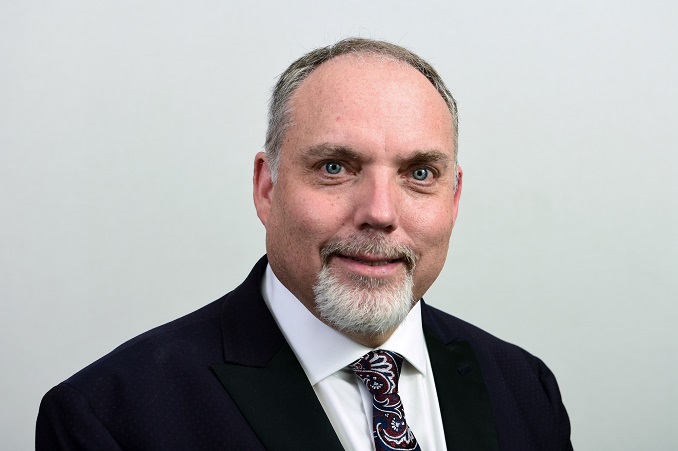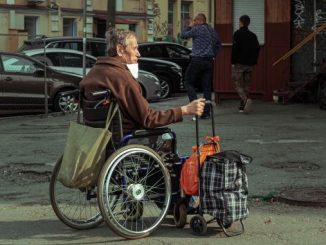The new Canada Disability Benefit (CDB), which recently received Royal Assent, is a historic opportunity to transform the lives of people with disabilities in Canada by lifting those who are working age out of poverty and setting a new more accessible, humane, and user-centred standard for income benefits.

It has been three years since the government first proposed the CDB to much fanfare in its 2020 Speech from the Throne. The good news is that Bill C-22 was supported by every political party in our government. The bad news is that since the idea was first introduced, people with disabilities have fallen even further behind.
It’s time to get the money flowing.
The federal government must also fulfil its commitment to collaborate with the disability community in the design and delivery of the benefit to make it truly accessible and responsive to their needs. A Benefit without Barriers, a new report by March of Dimes Canada and Prosper Canada, can help.
Developed with people with disabilities and disability organizations, the report sets out principles and recommendations for the design and administration of the new benefit that are rooted in the hard-won experiences of those who have had to navigate Canada’s disability income support programs and are intimately familiar with the challenges these entail.
Their advice is designed to ensure that we turn a page on past mistakes and deliver a CDB that leaves no eligible person with disabilities behind. Their voices must be heard.
The process of applying for benefits is fraught with barriers that cause many applicants to give up in frustration. Even those who are ultimately successful may also pay a steep personal price.
Barriers include lack of awareness and information, as well as long, onerous and costly application processes that are hard to understand and navigate, and undermine the self-respect, dignity and mental health of many applicants. Individuals with disabilities often feel government application processes are largely designed to drive them away, rather than help them access benefits they are entitled to. They and their families and caregivers feel distrusted by their own government.
Applying for disability benefits is also costly, requiring applicants to pay out-of-pocket for assessments by healthcare providers and associated travel if they live in a community without someone who provides this service. Other barriers like lack of government-issued identification, difficulty finding a physician, and housing insecurity, further compound these challenges, leaving people feeling discouraged and defeated.
In addition, most people with disabilities lack access to one-on-one help to complete applications, appeal decisions, and self-advocate – all of which are often needed to successfully access benefits.
Proving one’s disability can be exhausting and dehumanizing, especially when you have to do it over and over again to access different benefits – or to requalify for them, even when your disability is permanent and irreversible.
The new CDB needs to be better than this if it’s going to meet its goal of eliminating disability poverty. if its going to meet the government’s goal of eliminating disability poverty. It’s time for a humane, empathetic, and respectful benefit experience that, above all, does no harm to the people the CDB is intended to help.
Success requires that government engage directly with people with disabilities as it designs the benefit and its administration to understand and actively address the risks associated with different options. Only then can we be sure that the result will be a benefit experience that fosters respect and dignity and treats people with disabilities as valued members of society.
We can start by automatically deeming anyone receiving provincial/territorial disability income support, CPP-Disability, the Disability Tax Credit or Veterans’ disability benefits to be eligible for the CDB. The government can also ensure that all CDB delivery staff are trained to the highest standard in how to communicate with and support CDB applicants and recipients.
Finally, the federal government can harmonize the CDB with other federal disability programs and work with its provincial and territorial counterparts to protect CDB income from clawbacks. Our goal is to reduce poverty – not fill provincial/territorial coffers or simply move money between federal programs.
We can build a disability benefit without barriers and now is the time to do it. People with disabilities in Canada have waited long enough. Let’s get on with the job.
***
About the authors:

Leonard Baker, President and CEO of March of Dimes Canada.

Elizabeth Mulholland, CEO of Prosper Canada.



